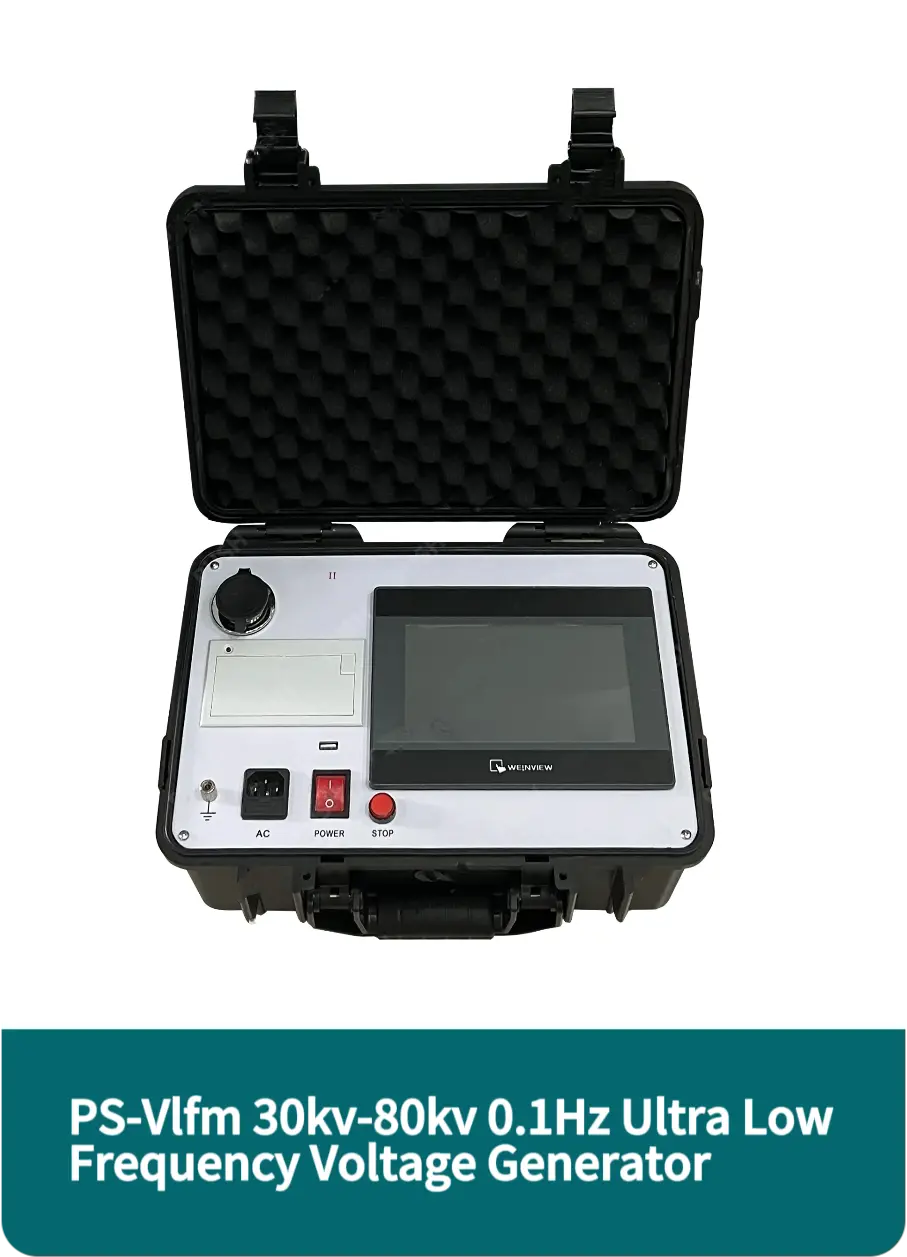 English
English



-
 Afrikaans
Afrikaans -
 Albanian
Albanian -
 Amharic
Amharic -
 Arabic
Arabic -
 Armenian
Armenian -
 Azerbaijani
Azerbaijani -
 Basque
Basque -
 Belarusian
Belarusian -
 Bengali
Bengali -
 Bosnian
Bosnian -
 Bulgarian
Bulgarian -
 Catalan
Catalan -
 Cebuano
Cebuano -
 China
China -
 China (Taiwan)
China (Taiwan) -
 Corsican
Corsican -
 Croatian
Croatian -
 Czech
Czech -
 Danish
Danish -
 Dutch
Dutch -
 English
English -
 Esperanto
Esperanto -
 Estonian
Estonian -
 Finnish
Finnish -
 French
French -
 Frisian
Frisian -
 Galician
Galician -
 Georgian
Georgian -
 German
German -
 Greek
Greek -
 Gujarati
Gujarati -
 Haitian Creole
Haitian Creole -
 hausa
hausa -
 hawaiian
hawaiian -
 Hebrew
Hebrew -
 Hindi
Hindi -
 Miao
Miao -
 Hungarian
Hungarian -
 Icelandic
Icelandic -
 igbo
igbo -
 Indonesian
Indonesian -
 irish
irish -
 Italian
Italian -
 Japanese
Japanese -
 Javanese
Javanese -
 Kannada
Kannada -
 kazakh
kazakh -
 Khmer
Khmer -
 Rwandese
Rwandese -
 Korean
Korean -
 Kurdish
Kurdish -
 Kyrgyz
Kyrgyz -
 Lao
Lao -
 Latin
Latin -
 Latvian
Latvian -
 Lithuanian
Lithuanian -
 Luxembourgish
Luxembourgish -
 Macedonian
Macedonian -
 Malgashi
Malgashi -
 Malay
Malay -
 Malayalam
Malayalam -
 Maltese
Maltese -
 Maori
Maori -
 Marathi
Marathi -
 Mongolian
Mongolian -
 Myanmar
Myanmar -
 Nepali
Nepali -
 Norwegian
Norwegian -
 Norwegian
Norwegian -
 Occitan
Occitan -
 Pashto
Pashto -
 Persian
Persian -
 Polish
Polish -
 Portuguese
Portuguese -
 Punjabi
Punjabi -
 Romanian
Romanian -
 Russian
Russian -
 Samoan
Samoan -
 Scottish Gaelic
Scottish Gaelic -
 Serbian
Serbian -
 Sesotho
Sesotho -
 Shona
Shona -
 Sindhi
Sindhi -
 Sinhala
Sinhala -
 Slovak
Slovak -
 Slovenian
Slovenian -
 Somali
Somali -
 Spanish
Spanish -
 Sundanese
Sundanese -
 Swahili
Swahili -
 Swedish
Swedish -
 Tagalog
Tagalog -
 Tajik
Tajik -
 Tamil
Tamil -
 Tatar
Tatar -
 Telugu
Telugu -
 Thai
Thai -
 Turkish
Turkish -
 Turkmen
Turkmen -
 Ukrainian
Ukrainian -
 Urdu
Urdu -
 Uighur
Uighur -
 Uzbek
Uzbek -
 Vietnamese
Vietnamese -
 Welsh
Welsh -
 Bantu
Bantu -
 Yiddish
Yiddish -
 Yoruba
Yoruba -
 Zulu
Zulu
ct analyser
Understanding CT Analyser Transforming Data Analysis in Radiology
In the ever-evolving field of radiology, advanced technologies play a pivotal role in enhancing diagnostic accuracy and optimizing workflow efficiency. One such technological advancement is the CT analyser, a sophisticated tool designed to revolutionize the way computed tomography (CT) imaging data is processed and interpreted. This innovative system not only streamlines data management but also enhances the diagnostic capabilities of radiologists.
The CT analyser specifically focuses on the analysis of CT images to extract valuable information, identify patterns, and aid in clinical decision-making. By utilizing advanced algorithms and machine learning techniques, this tool can interpret complex imaging data with remarkable speed and precision. This capability is particularly beneficial in emergency settings where timely diagnosis can significantly impact patient outcomes.
Understanding CT Analyser Transforming Data Analysis in Radiology
Moreover, the CT analyser enhances collaboration within multidisciplinary teams. By providing a centralized platform for storing and sharing CT data, radiologists, oncologists, and other medical professionals can easily access and review imaging findings. This collaborative approach fosters better communication and allows for more informed decision-making in patient management.
ct analyser

Another significant advantage of the CT analyser is its potential for improving diagnostic accuracy. It minimizes human error that may occur due to fatigue or oversight, thus increasing the reliability of radiological assessments. The analyser's ability to detect subtle changes in imaging data that may be overlooked by the human eye ensures that even the smallest anomalies are identified, which is crucial in early detection of conditions such as cancer.
Furthermore, the CT analyser can also be tailored to specific clinical needs by integrating with existing hospital information systems. This integration allows for seamless data exchange and enhances the overall efficiency of the imaging process. Radiologists can access patient histories and relevant clinical data, enabling them to make better-informed decisions at the point of care.
In addition to its clinical applications, the CT analyser offers significant possibilities for research and development within the field of radiology. By aggregating and analyzing vast amounts of imaging data, researchers can identify trends, study disease progression, and develop predictive models that could lead to innovative treatments. This research potential is crucial for advancing the understanding of complex diseases and enhancing overall patient care.
Despite these advantages, it is important to acknowledge the challenges associated with implementing the CT analyser. The need for comprehensive training and adjustment to new workflows can be daunting for healthcare professionals. Additionally, concerns regarding data security and patient privacy must be addressed, ensuring that the implementation of such technology aligns with ethical standards and regulatory guidelines.
In conclusion, the CT analyser represents a significant leap forward in the realm of radiology. By automating data analysis, improving accuracy, and facilitating collaboration, it equips radiologists with the tools necessary to provide superior patient care. As the healthcare landscape continues to evolve, embracing such innovative technologies will be essential for staying at the forefront of diagnostic medicine, ultimately benefiting both practitioners and patients alike.
-
Using Distillation Range Testers in the Food and Beverage IndustryNewsApr.16,2025
-
The Impact of IoT on Distillation Range Tester PerformanceNewsApr.16,2025
-
The Best Distillation Range Testers for Extreme ConditionsNewsApr.16,2025
-
How Distillation Range Testers Save Time and MoneyNewsApr.16,2025
-
Distillation Devices for Advanced Separation TechniquesNewsApr.16,2025
-
Common Mistakes to Avoid When Using a Distillation Range TesterNewsApr.16,2025



